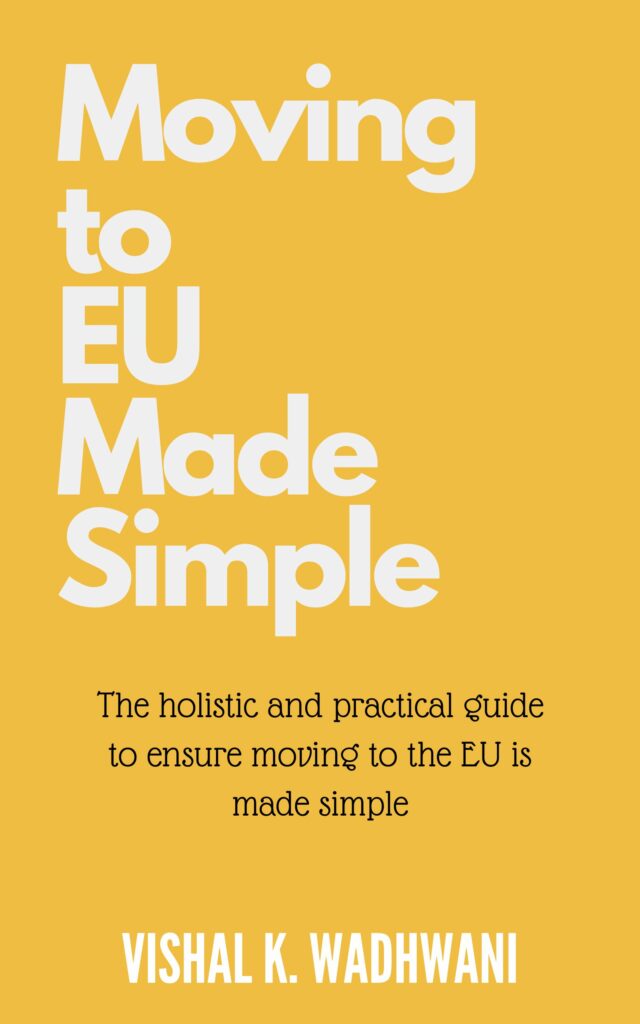Differences Between Work, Student, and Digital Nomad Visas in Europe
Europe is a popular destination for professionals, students, and digital nomads alike. Each group seeks different opportunities, and the type of visa they require varies accordingly. Understanding the key differences between work visas, student visas, and digital nomad visas is essential for anyone planning to live, study, or work remotely in Europe.
What is a Work Visa in Europe?
A work visa is a permit that allows foreign nationals to legally work in a European country. This visa is typically granted to individuals who have secured a job offer from an employer within the country. Work visas often come with specific requirements, including proof of employment, qualifications, and sometimes labor market tests.
Key Features of Work Visas
- Employment-Based: Requires a job offer from a European employer.
- Duration: Usually valid for the length of the employment contract, often renewable.
- Work Restrictions: Typically restricts employment to the sponsoring employer.
- Family Reunification: Many work visas allow family members to join the visa holder.
What is a Student Visa in Europe?
A student visa allows individuals to study at a recognized educational institution within Europe. This visa is designed for students enrolled in universities, colleges, or other approved programs.
Key Features of Student Visas
- Enrollment Requirement: Must be accepted into a recognized educational institution.
- Duration: Valid for the length of the academic program.
- Work Rights: Many student visas permit limited part-time work during studies.
- Post-Study Options: Some countries offer post-graduation work permits.
What is a Digital Nomad Visa in Europe?
The digital nomad visa is a relatively new type of visa designed for remote workers who want to live in Europe while working for companies or clients abroad. This visa caters to freelancers, entrepreneurs, and remote employees.
Key Features of Digital Nomad Visas
- Remote Work: Allows working remotely for foreign companies.
- Duration: Usually valid for 6 months to 1 year, often renewable.
- Flexibility: Less restrictive compared to traditional work visas.
- Proof of Income: Applicants must demonstrate a stable income or contract.
Major Differences Between the Visas
| Aspect | Work Visa | Student Visa | Digital Nomad Visa |
|---|---|---|---|
| Purpose | Employment in Europe | Academic study | Remote work while residing in Europe |
| Employment Restrictions | Usually tied to employer | Limited part-time work allowed | Work for foreign clients/companies only |
| Duration | Varies by contract, often 1+ years | Length of study program | Typically 6-12 months |
| Income Requirements | Salary from employer | Proof of financial means or scholarship | Proof of stable remote income |
| Family Reunification | Often allowed | Varies by country | Varies, sometimes restricted |
Popular European Countries Offering These Visas
Many European countries offer various visa options catering to workers, students, and digital nomads.
- Work Visas: Germany, France, Netherlands, Sweden
- Student Visas: United Kingdom, Spain, Italy, Ireland
- Digital Nomad Visas: Estonia, Portugal, Croatia, Germany
Tips for Choosing the Right Visa
- Assess Your Purpose: Define whether you want to study, work locally, or work remotely.
- Check Requirements: Review each visa’s eligibility criteria, including income and documentation.
- Plan Duration: Consider the length of your stay and flexibility for renewals.
- Consider Family Needs: If moving with family, verify family reunification policies.
- Consult Immigration Experts: Visa laws change frequently; professional advice can be invaluable.
Conclusion
Navigating the visa landscape in Europe can be complex, but understanding the differences between work, student, and digital nomad visas helps you make informed decisions. Whether pursuing a career, education, or remote lifestyle, Europe offers diverse and attractive visa options tailored to your unique needs. 🌍✈️💼📚💻

Comments are closed